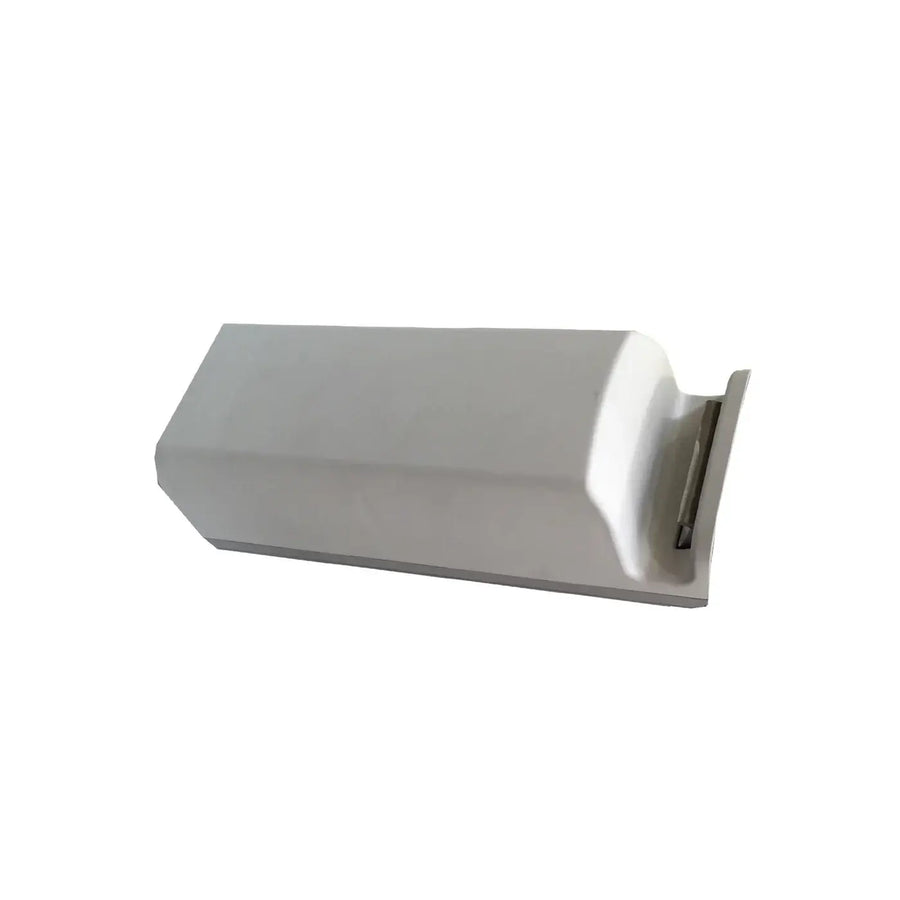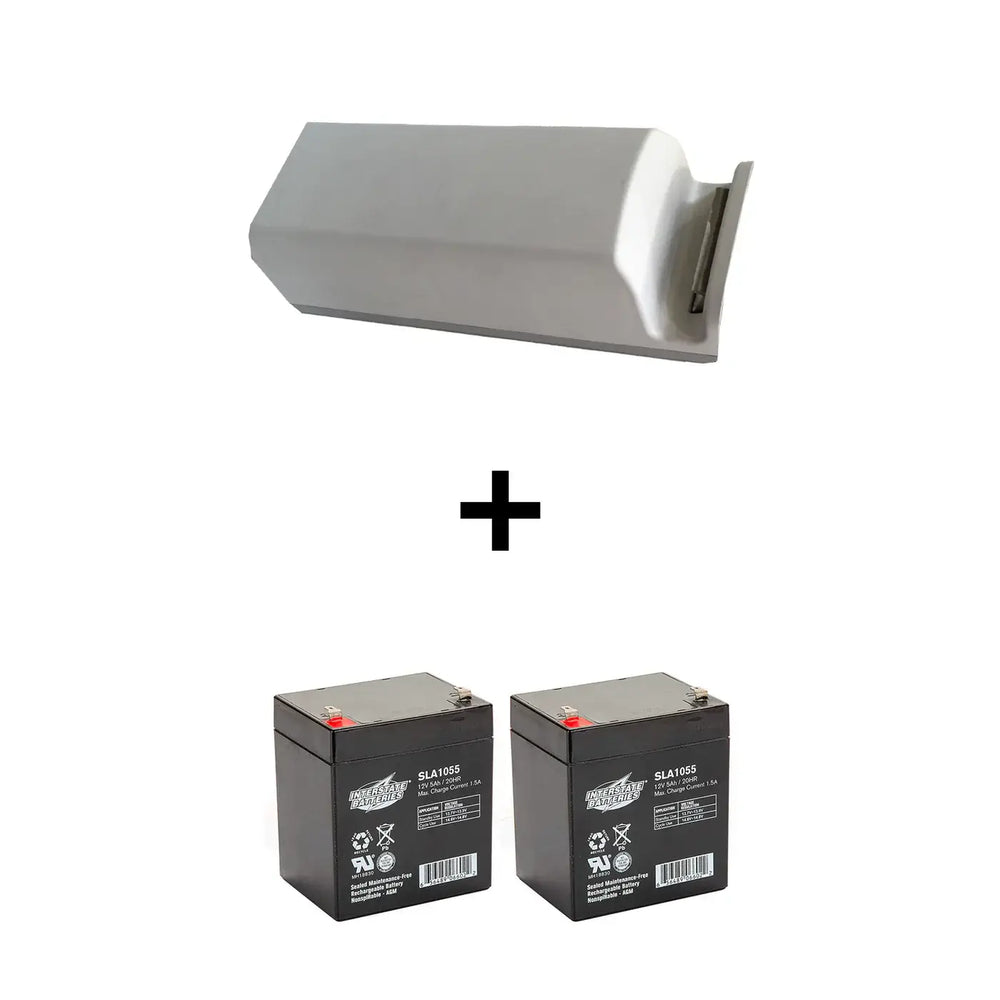How Many Hours a Day Should You Wear a Sling? | Safe Use of a Patient Lift Sling
The recommended duration for wearing a sling each day depends on medical advice, individual needs, and the type of injury or mobility support required. Understanding how long to wear a sling such as a patient lift sling, floor lift sling, or a traditional arm sling can significantly impact patient comfort, recovery, and overall well-being.

Understanding Sling Usage
Slings are essential for supporting injured limbs, facilitating patient transfer, and promoting healing in both temporary and long-term care situations. Whether used post-surgery, during rehabilitation, or with lift equipment like a hoyer lift, proper sling usage ensures optimal safety, hygiene, and mobility. The length of time a sling should be worn daily is influenced by several factors: severity of injury, physician’s recommendations, type of sling, and patient activity level.
For most acute injuries, doctors advise wearing a sling for up to several hours per day, only removing it for hygiene, toileting, gentle exercise, or therapy sessions. With chronic injuries or ongoing mobility issues, slings may be used for longer periods, but it is critical to avoid dependence that could impede recovery and safe and comfortable transfers.
Medical Guidance Is Key
Always consult with a healthcare provider to know exactly how many hours a day a sling should be worn. Overuse can contribute to stiffness, muscle wastage, or circulation problems, while underuse may increase the risk of injury or improper healing. Typical recommendations for simple strains or fractures suggest wearing the sling for most waking hours early on, gradually decreasing as healing improves.
For patients and caregivers using hoyer lift slings or other sling-based equipment, recommendations may vary depending on whether the sling is designed for mobility, bathing, or toileting. Professional healthcare guidance ensures safe and easy use, minimizing fall prevention concerns while maximizing patient comfort.
Considerations by Sling Type
The frequency and duration of sling use differ depending on sling types and their purpose. Standard arm slings are often used for injuries such as sprains, dislocations, or fractures. They are typically removed for daily routines like showering, exercise, or using a shower chair.
Lift slings, including full body sling designs, are created for safe and comfortable transfers of patients with limited mobility. A mesh lift sling with commode opening, for example, is applied before transfer and removed immediately after to ensure hygiene, safety, and comfort.
Many slings are available in polyester mesh or nylon for breathability and ease of use, with features like four sling points, loop style straps, head support, or cradle points. These features help caregivers move patients from one location to another with reduced risk of injury and improved patient handling.
Disposable slings and washable polyester slings are available for home use, long-term care, or hospital settings, depending on patient and caregiver needs. Choosing the right sling and monitoring signs of wear are vital for safe and comfortable outcomes.
Symptoms of Overuse or Misuse
Wearing a sling for too many hours or incorrectly can result in restricted blood flow, numbness, tingling, or skin breakdown. A patient in the sling should always be monitored for safety and comfort.
Caregivers should ensure proper positioning, back support, and regular adjustments to maintain mobility and prevent complications. If discomfort persists, consulting a physician ensures that the appropriate sling based on weight and body type is being used.
Balancing Rest and Movement
Rest promotes healing, but mobility and exercise are equally essential for recovery. After the initial injury phase, patients and caregivers should gradually increase time out of the sling under medical supervision. Gentle stretching, repositioning, or sit-to-stand exercises can prevent stiffness and support circulation.
Slings are designed to meet specific needs, but prolonged use without movement can cause complications. Safe and easy transfer patients routines help caregivers ensure both safety and comfort.
Using Lift Slings Responsibly
Lift slings are designed for short-term application during patient transfer and repositioning, not for long-term seating. Whether using an Invacare floor lift, mesh lift sling with commode opening, or a cradle divided leg sling, the sling should be applied only during transfer and removed once the patient is in a wheelchair, shower chair, or bed.
Slings provide ease of use, help caregivers minimize risk of injury, and support professional healthcare teams in ensuring safe mobility. Following manufacturer instructions on optional chain lengths, weight capacity, and safety guidelines helps prevent misuse.
Safety and Comfort Recommendations
-
Always follow physician or therapist recommendations.
-
Remove slings periodically for hygiene, repositioning, and bathing.
-
Do not exceed recommended duration in sling-based equipment like full-body slings.
-
Watch for signs of wear or discomfort and replace slings when necessary.
-
Ensure the sling fits properly for safe patient handling, avoiding overly tight or loose adjustments.
-
For mobility issues, use appropriate sling-based solutions such as loop style or mesh slings made of polyester mesh for breathability and ease of use.
Choosing the Right Sling
Choosing the right sling depends on the patient and the caregiver’s needs. Slings are designed with different fabrics like polyester, mesh, or nylon, and include features like head support, commode openings, or back support. Disposable slings are ideal for infection control, while durable polyester mesh designs are perfect for repeated home use.
Slings are ideal for ensuring safe and comfortable transfers, minimizing risk of injury, and helping caregivers move patients with ease. Weight capacity and cradle points should always be matched with patient weight and body type to ensure optimal safety and patient comfort.
Valuable Tips for Caregivers
Caregivers should verify sling fit, check signs of wear, and monitor patient comfort during each transfer. Slings are available in various styles, and selecting the right sling can make patient handling safe and easy. Ensuring safe and comfortable transfers also supports long-term patient mobility and reduces caregiver strain.
With professional healthcare guidance, patients and caregivers can maintain hygiene, mobility, and safety, whether at home or in long-term care facilities.
Frequently Asked Questions
Can a sling be worn overnight?
Most physicians discourage overnight sling use, unless specifically advised post-surgery. For patients and caregivers, proper rest, repositioning, and monitoring for signs of wear are crucial for long-term care and fall prevention.
Is it safe to use a lift sling for extended periods?
Lift equipment like a mesh lift sling with commode or full body sling is designed for short-term use during transfers. Slings are not made for long sitting positions. They should be applied before patient transfer and removed afterward to ensure safety and comfort, reduce risk of injury, and maintain hygiene.
How do I know when to stop using the sling?
This depends on medical advice, healing progress, and patient comfort. Professional healthcare teams usually guide when to reduce sling-based use, ensuring safe and comfortable transfers while restoring mobility.
When to Consult a Professional
Contact a healthcare provider if you notice worsening pain, swelling, poor circulation, or other concerning symptoms in a patient in the sling. For those using hoyer lift or Invacare lift equipment, guidance from therapists ensures patient handling meets specific needs with optimal safety.
Professional healthcare support is vital for ensuring safe and easy transfers, especially when patients have limited mobility or require assistance from caregivers using manual patient lifts, loop style straps, or slings with commode openings.
Ready for Safe Mobility? Contact Reliable Ramps Today!
Reliable Ramps is dedicated to helping patients and caregivers find the appropriate sling based on weight and body type. From loop style options to slings with head support or optional chain adjustments, every product is designed for safety and comfort.
With professional healthcare input, slings are ideal for safe and easy transfers, whether for short-term recovery or long-term care. Contact us today for expert advice and support in choosing the right sling to meet specific needs and ensure optimal safety.






